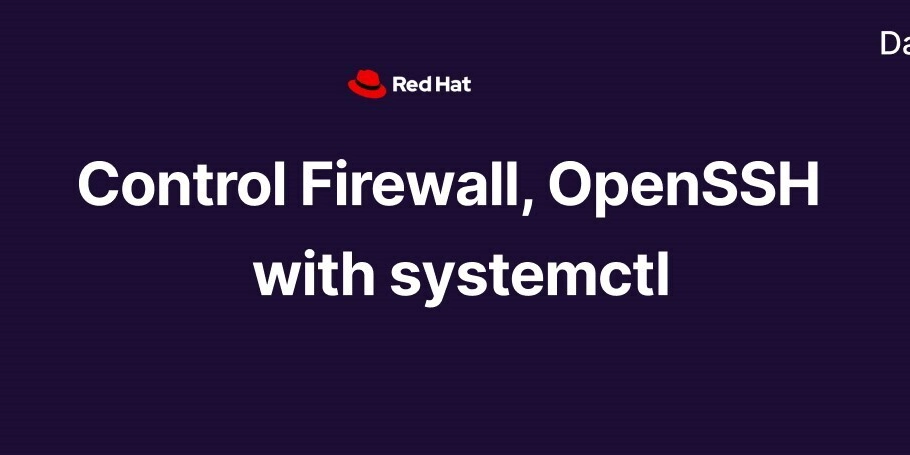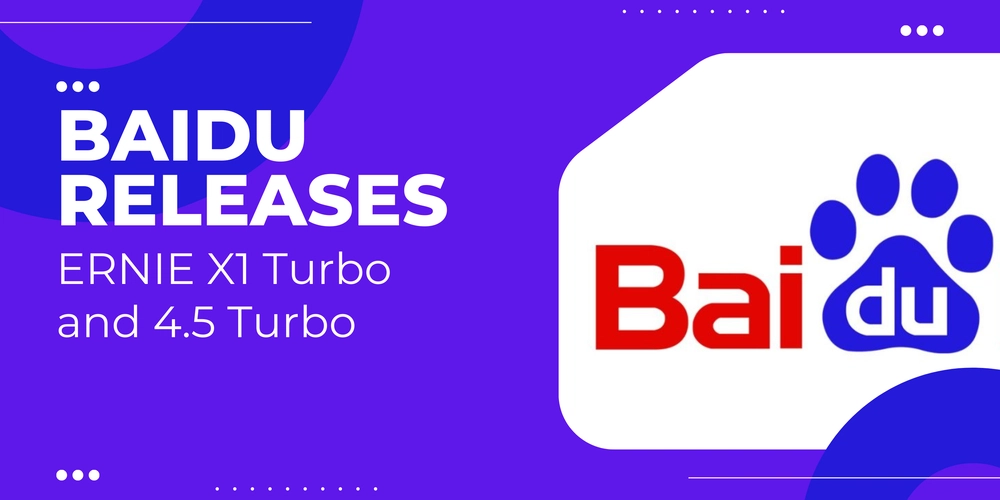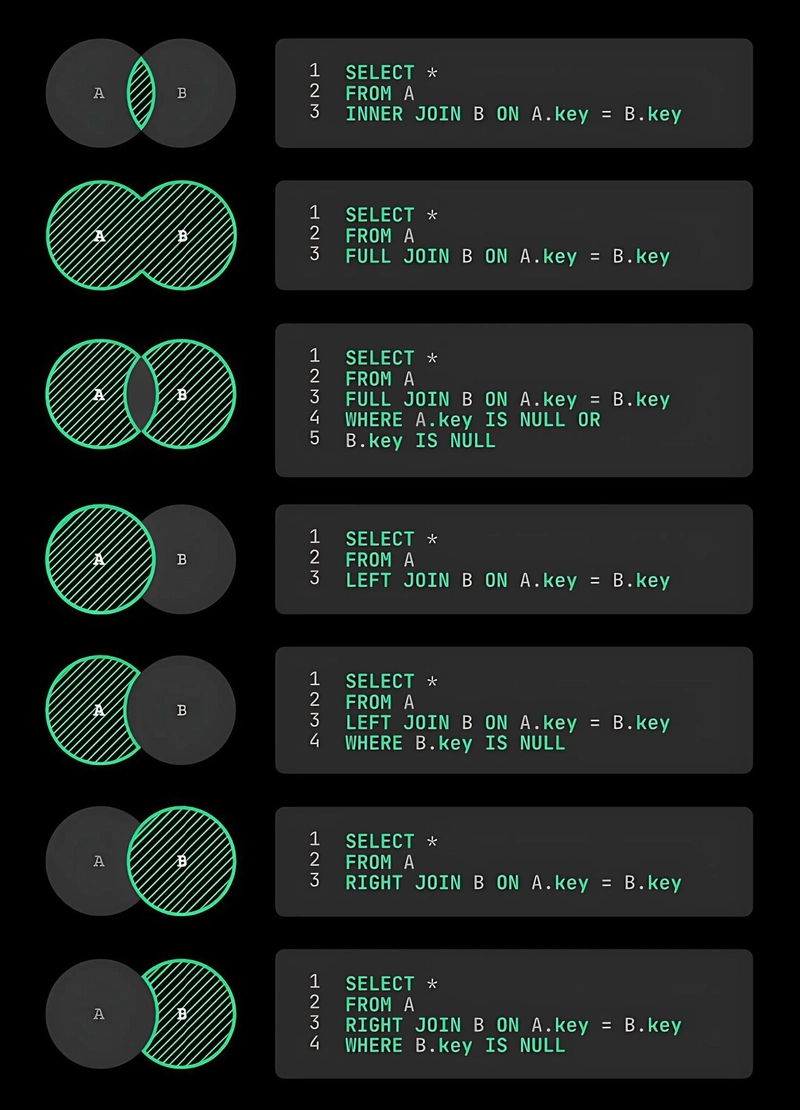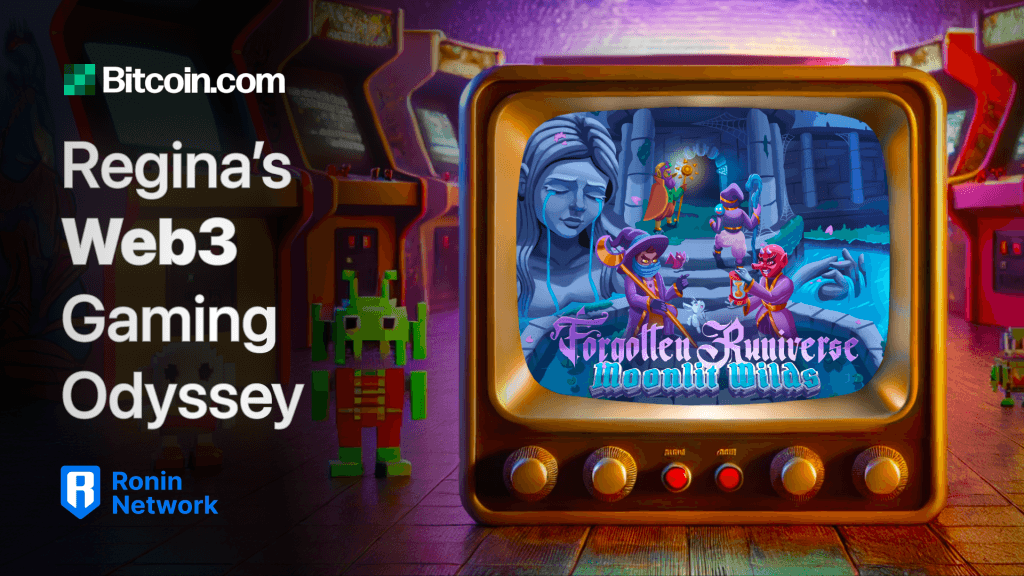Mastering Git Commit Messages with Conventional Commits
✳️ Why Should We Care About Commit Message Structure? In any software project, every small change made to the codebase is recorded in Git history. This history is not just a log of what happened — it's a crucial tool for tracking changes, collaborating with others, managing releases, and automating development workflows. But when commit messages are written inconsistently or without structure: It becomes hard to understand why a change was made Generating changelogs becomes manual and time-consuming CI/CD tools can’t effectively leverage the commit history And in team environments, others struggle to follow your changes This is where Conventional Commits come into play. It’s a simple but powerful convention that allows us to write commit messages in a structured, readable, and machine-parsable way — making life easier for both developers and tools.
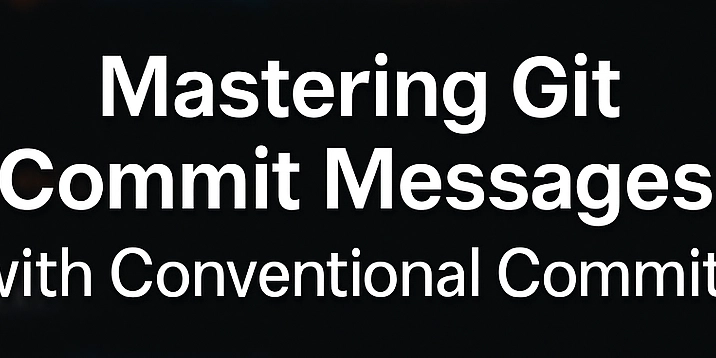
✳️ Why Should We Care About Commit Message Structure?
In any software project, every small change made to the codebase is recorded in Git history. This history is not just a log of what happened — it's a crucial tool for tracking changes, collaborating with others, managing releases, and automating development workflows.
But when commit messages are written inconsistently or without structure:
- It becomes hard to understand why a change was made
- Generating changelogs becomes manual and time-consuming
- CI/CD tools can’t effectively leverage the commit history
- And in team environments, others struggle to follow your changes
This is where Conventional Commits come into play. It’s a simple but powerful convention that allows us to write commit messages in a structured, readable, and machine-parsable way — making life easier for both developers and tools.





































































































































































![[The AI Show Episode 145]: OpenAI Releases o3 and o4-mini, AI Is Causing “Quiet Layoffs,” Executive Order on Youth AI Education & GPT-4o’s Controversial Update](https://www.marketingaiinstitute.com/hubfs/ep%20145%20cover.png)












































































































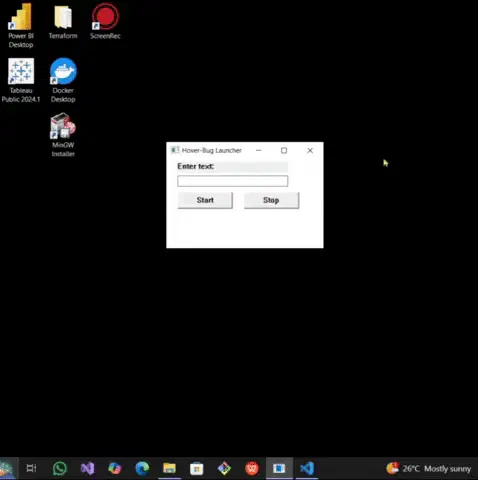
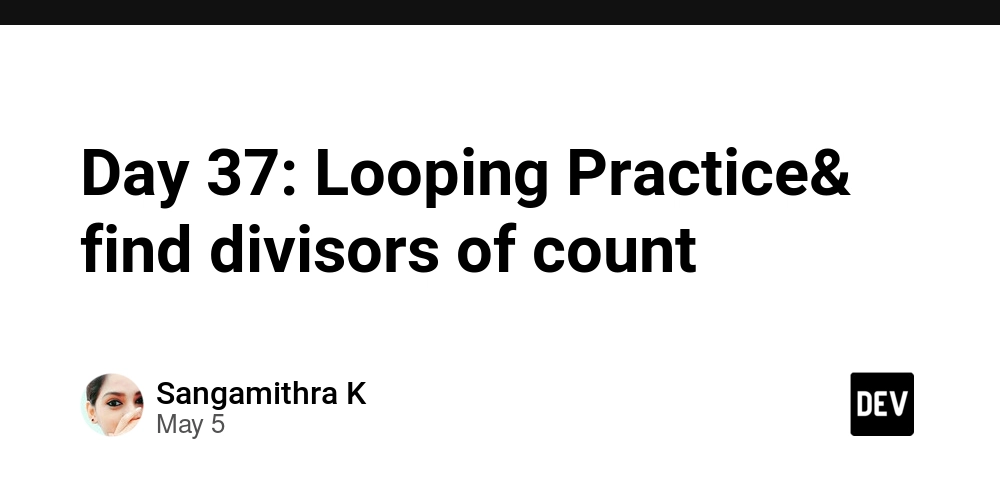
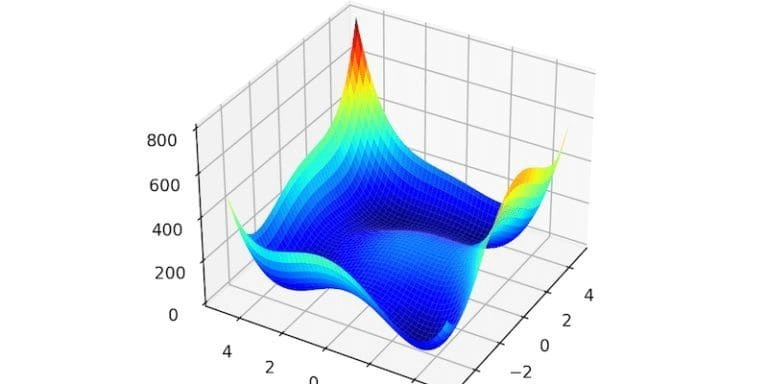














![[DEALS] Microsoft 365: 1-Year Subscription (Family/Up to 6 Users) (23% off) & Other Deals Up To 98% Off – Offers End Soon!](https://www.javacodegeeks.com/wp-content/uploads/2012/12/jcg-logo.jpg)




![From Art School Drop-out to Microsoft Engineer with Shashi Lo [Podcast #170]](https://cdn.hashnode.com/res/hashnode/image/upload/v1746203291209/439bf16b-c820-4fe8-b69e-94d80533b2df.png?#)




















![Re-designing a Git/development workflow with best practices [closed]](https://i.postimg.cc/tRvBYcrt/branching-example.jpg)




















































































(1).jpg?#)






























_Inge_Johnsson-Alamy.jpg?width=1280&auto=webp&quality=80&disable=upscale#)































































































![The Material 3 Expressive redesign of Google Clock leaks out [Gallery]](https://i0.wp.com/9to5google.com/wp-content/uploads/sites/4/2024/03/Google-Clock-v2.jpg?resize=1200%2C628&quality=82&strip=all&ssl=1)
![What Google Messages features are rolling out [May 2025]](https://i0.wp.com/9to5google.com/wp-content/uploads/sites/4/2023/12/google-messages-name-cover.png?resize=1200%2C628&quality=82&strip=all&ssl=1)














![New Apple iPad mini 7 On Sale for $399! [Lowest Price Ever]](https://www.iclarified.com/images/news/96096/96096/96096-640.jpg)
![Apple to Split iPhone Launches Across Fall and Spring in Major Shakeup [Report]](https://www.iclarified.com/images/news/97211/97211/97211-640.jpg)
![Apple to Move Camera to Top Left, Hide Face ID Under Display in iPhone 18 Pro Redesign [Report]](https://www.iclarified.com/images/news/97212/97212/97212-640.jpg)
![Apple Developing Battery Case for iPhone 17 Air Amid Battery Life Concerns [Report]](https://www.iclarified.com/images/news/97208/97208/97208-640.jpg)































































































